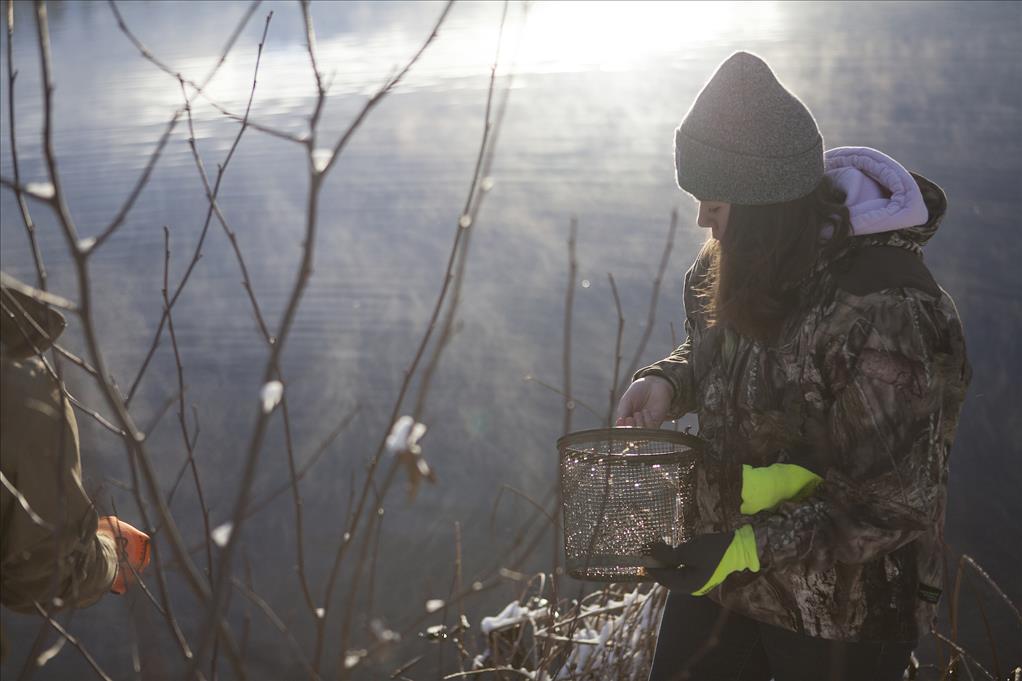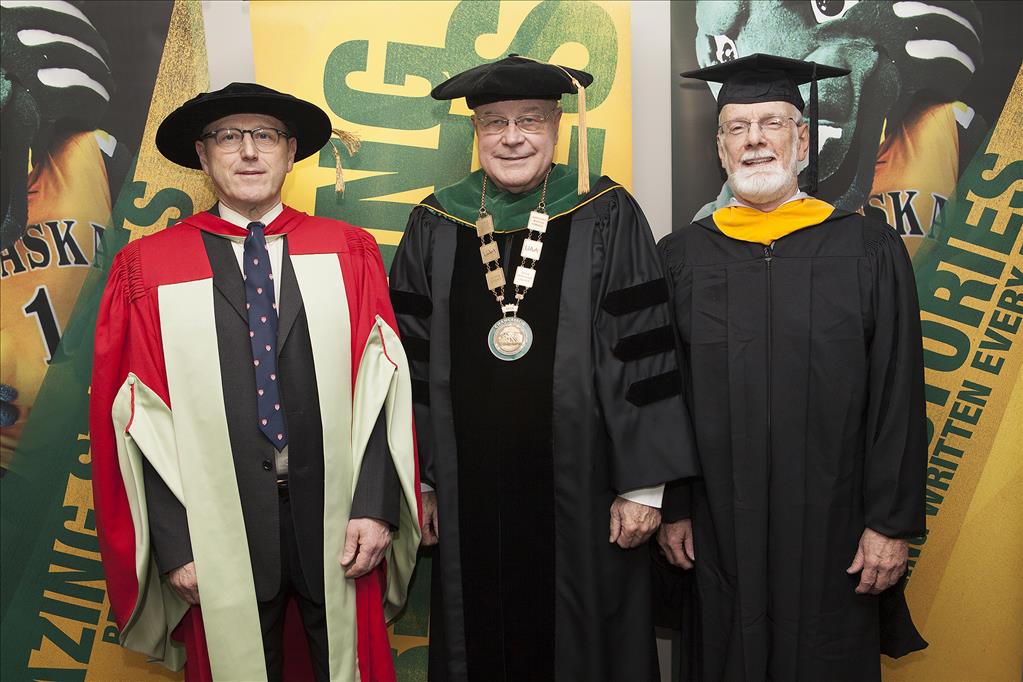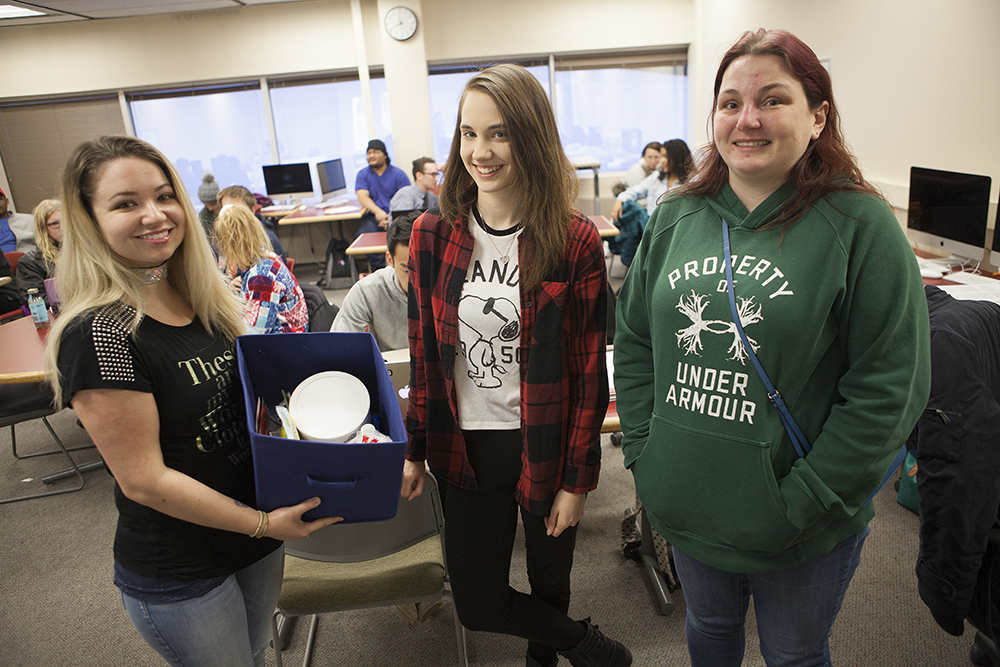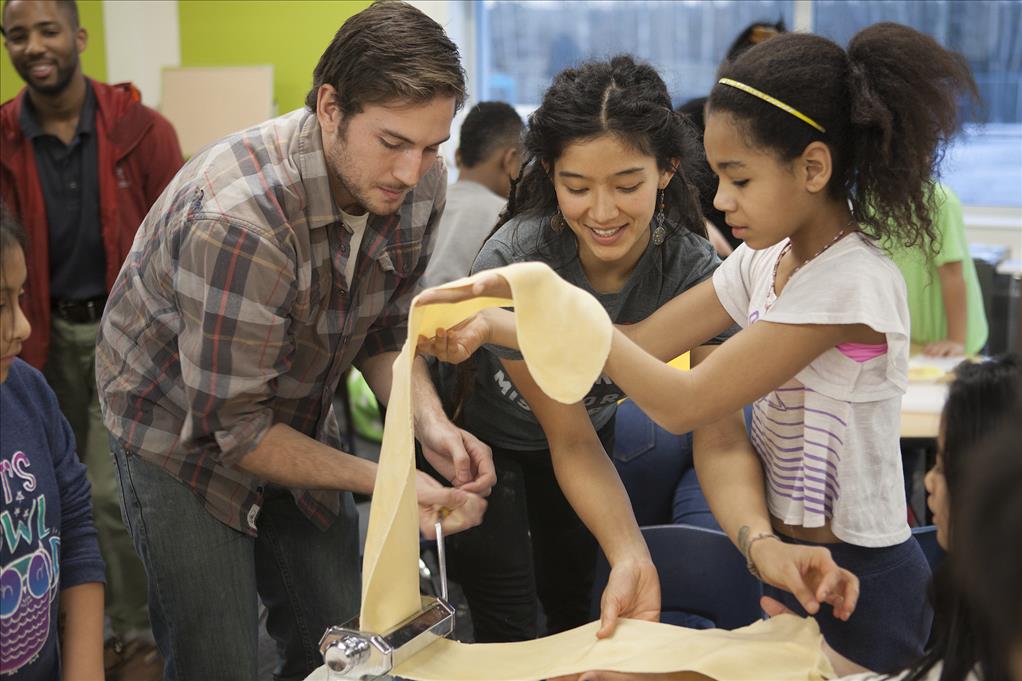Q&A with USUAA President Jonathon Taylor
by joey |
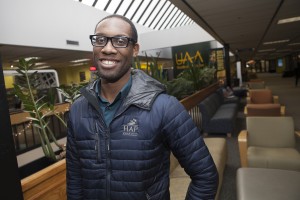
USUAA President Jonathon Taylor answers a few questions on his team's work so far, the best campus hangout spots and how the student voice plays a role in the university's future. (Photo by Philip Hall / University of Alaska Anchorage)
As president of USUAA, Jonathon Taylor represents the student body at UAA. Here, the political science major sheds a little light on being the voice for 16,000 students this school year.
How did you first get involved with USUAA? I got involved with USUAA in 2013 when I became chair of Club Council. My vice chair at the time was [current student regent] Stacey Lucason, and in her role, she was our official representative to USUAA and served as the speaker of the assembly. She was very involved and kept me very informed about the issues facing student government. The following year, Stacey became USUAA president, and I slid into Club Council vice chair/USUAA representative. I also served as assembly speaker, and saw the amazing impact Stacey made on behalf of students by creating relationships and dialoguing with the administration. I didn't want to see all of those efforts go to waste and, knowing that this year would bring many new challenges, decided that it would be a good idea to run for USUAA president with Matt Ostrander.
Matt got his start with USUAA in spring of 2014, when he ran to be a USUAA senator. He was successful, and distinguished himself as an excellent help to President Lucason, Vice President Jolaine Pollak, and myself by serving as interim public relations director, and chair of the finance committee. At the time, Matt and I were debate partners; we had (and have) excellent chemistry and a commitment to improving the student experience at UAA. He also wanted to continue benefitting and representing students, and was a great choice for USUAA VP.
What might students not realize about your role as student leaders? As president and vice president, we are charged with representing the voice of students. The university is so big and broad that our positions are functionally full-time jobs that we volunteer for. It can be very challenging sometimes to address all of the concerns of students, but we take our roles very seriously. There are other student government leaders-even within the state-that are paid for their positions, but all USUAA leaders are volunteering their time.
What are common student concerns this academic year, and how is USUAA addressing those issues? Tuition and fees: I'm proud to say that this assembly was the first in what appears to be University history that successfully convinced the Board of Regents to increase tuition by a lower amount than recommended by administration. UA President Jim Johnsen initially proposed a 9 percent tuition increase in November of 2015. We talked with students, and successfully led the charge to get that increase pared down to 5 percent by communicating with administrators, and communicating our perspective to the Board in a clear, respectful manner. On fees, USUAA approved some modest fee increases to support some of the most vital services on campus, like the Student Health and Counseling Center, but also convinced all fee-collecting entities to be far more transparent about what their fee dollars were being spent on. We are also working on a task force that seeks to ensure that distance students are able to access services that their fees pay for.
University program longevity, vis-a-vis prioritization and Strategic Pathways: Much of this discussion is based on the current budget debate. However we have made some specific strides for students. First, we worked with the provost and college deans to transform the way students are notified about potential changes to their programs. It now requires constant, consistent communication with students over at least 30 days before a final decision about a program can be made. Second, we remain in consistent contact with members of the legislature, UA and UAA administrations, and college deans so that we can clearly and quickly communicate to students what changes may come to their programs in future years.
Faculty-student interactions: This year in particular, we have developed some excellent relationships with faculty and the Faculty Senate to address problems like making office hours more flexible for students. We also have communicated the desire that faculty make better use of Blackboard across the university. Finally, we have had-and hopefully will continue to have-joint meetings with Faculty Senate to keep those relationships and communication sound.
What's been the biggest surprise of your leadership role? The biggest surprise we have had in our positions is just how receptive administrative officials are to student voices. Sometimes, university administrators get a bad reputation for ignoring their students and catering only to their needs. Both Chancellor Case and his administration, and President Johnsen at statewide have been incredibly receptive to student voices and opinions, which is why we love it when students contact us with their questions or concerns.
What are some of your favorite campus events? Our favorite events include Campus Kick-Off, and 9 in the Spine. Kick-Off is a fantastic time because new and returning students get a chance to see all of the opportunities campus has for them. Plus, it's just a fun time with food, entertainment, and lots of people enjoying the Cuddy Quad. 9 in the Spine is a great community outreach event that allows students to engage with alumni and the broader Anchorage community. Also, mini-golf is just plain fun. You can also occasionally find us at athletics events, cheering on the home team.
Where's the best hangout spot on campus? Depends on what you're trying to do. For studying, we like the library and parts of the Administration building where you can grab a coffee and work on homework. But the Student Union is also a great place as well; there's always something going on, and interacting with fellow students walking through or hanging out there is great.
What's the biggest opportunity for UAA in the future? We honestly believe that UAA has an amazing opportunity to be a leader for the State of Alaska. The vast majority of the population of the state is within 100 or so miles of this campus, so the opportunities to provide education to so many people are obviously there. But UAA contributes in other ways, too. The Institute of Social and Economic Research (ISER) is doing important work on the Alaska economy and providing legislators key information they need to make difficult decisions. Programs like our engineering and health sciences are producing important research for Alaska, as well as helping fill the gaps we have in those workforces.
What's UAA best-kept secret? UAA's best-kept secret is our faculty. So many are highly-qualified in their fields, and are doing amazing things for the city and state. Faculty are always looking for active, engaged, committed students; many students have worked closely with their professors on graduate or Ph.D. level research and projects that have landed them jobs and valuable experience.
How can students access their leaders? Come by our office! We are in the Student Union across from the yellow info desk between the Art Galley and Wells Fargo Sports Complex. Students can also go to uaa.alaska.edu/unionofstudents to find information about our meeting times and what we are doing. We're also always available by email (uaa_pres@uaa.alaska.edu or uaa_vicepres@uaa.alaska.edu).
 "Q&A with USUAA President Jonathon Taylor" is licensed under a Creative Commons Attribution-NonCommercial 4.0 International License.
"Q&A with USUAA President Jonathon Taylor" is licensed under a Creative Commons Attribution-NonCommercial 4.0 International License.










